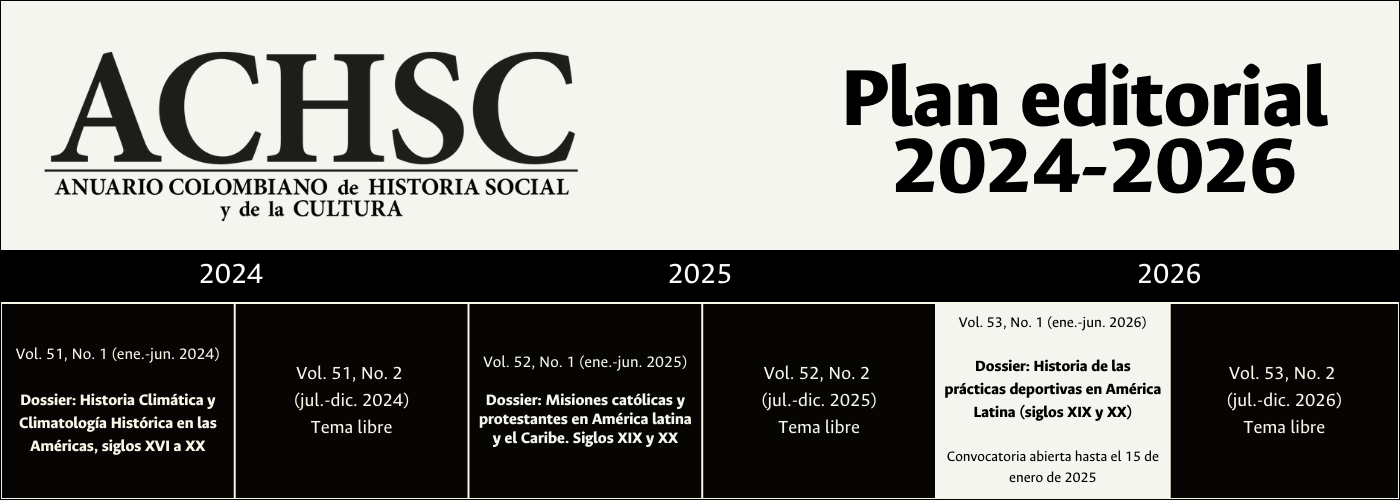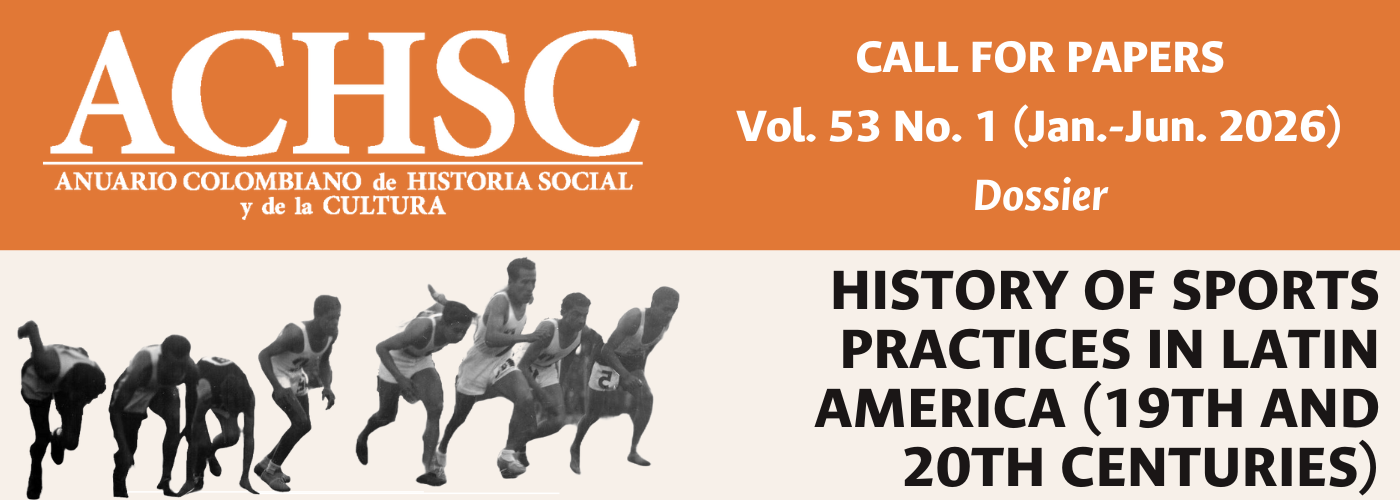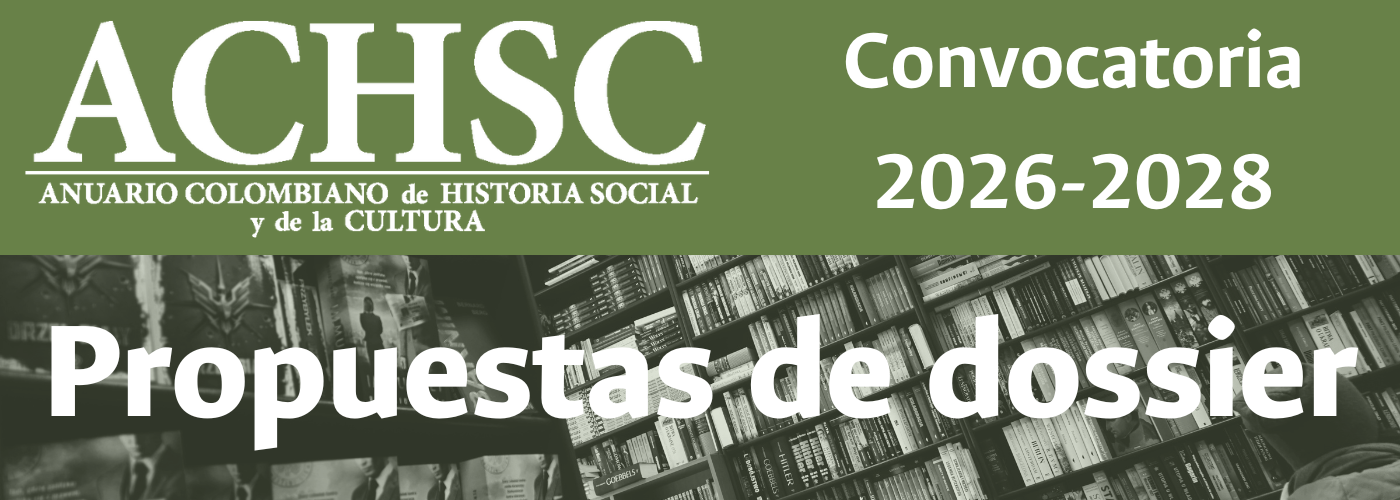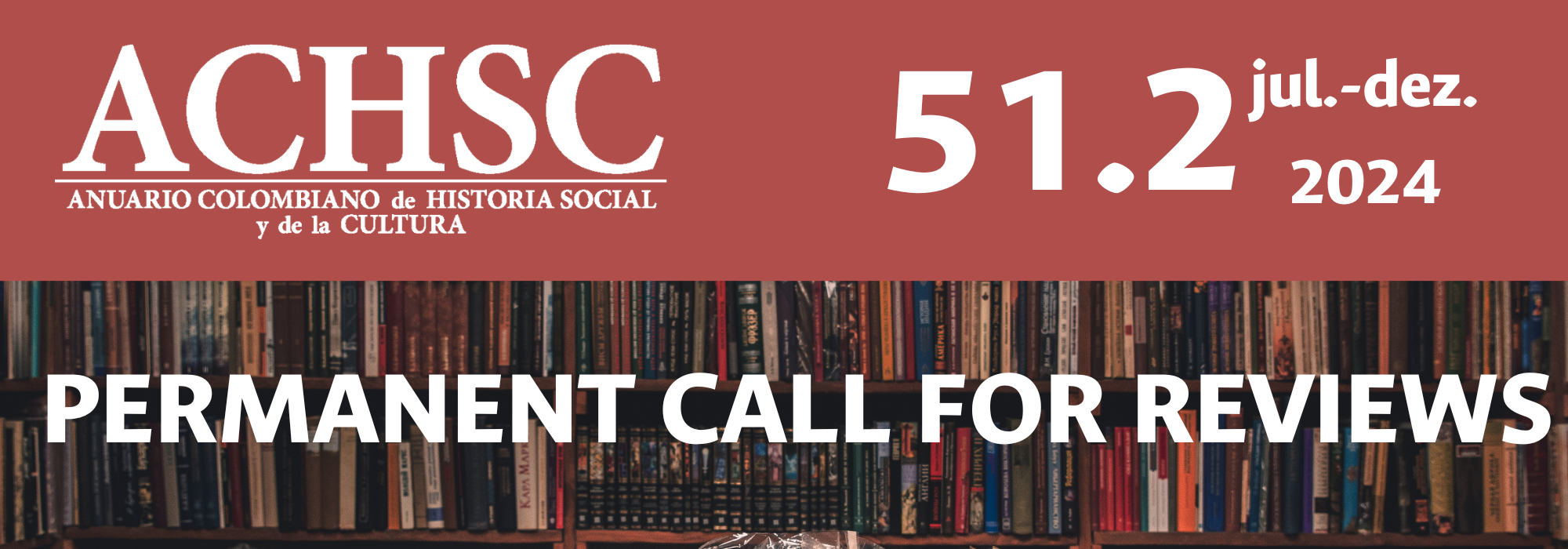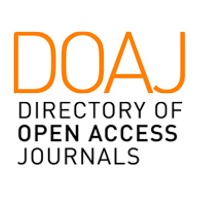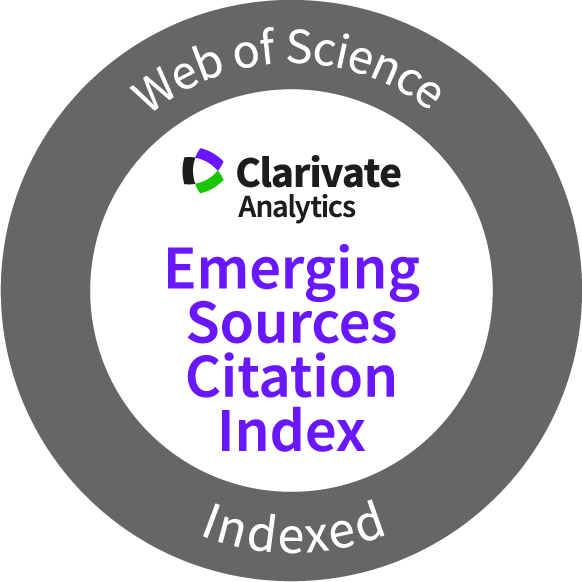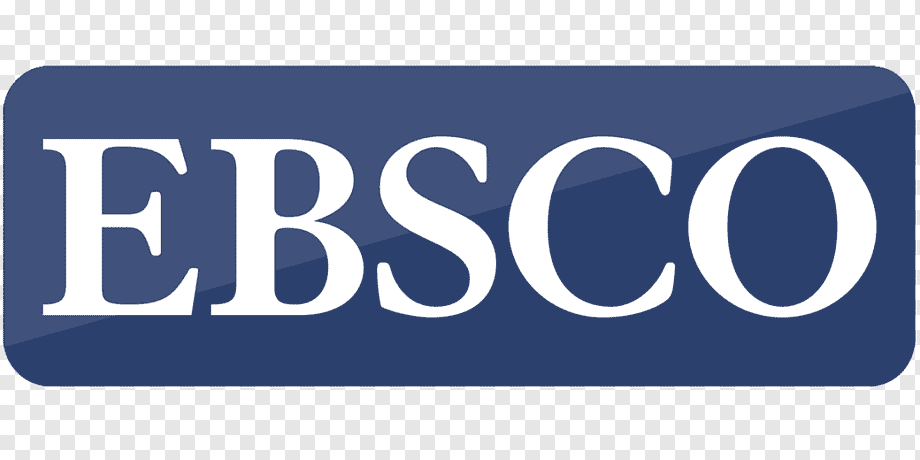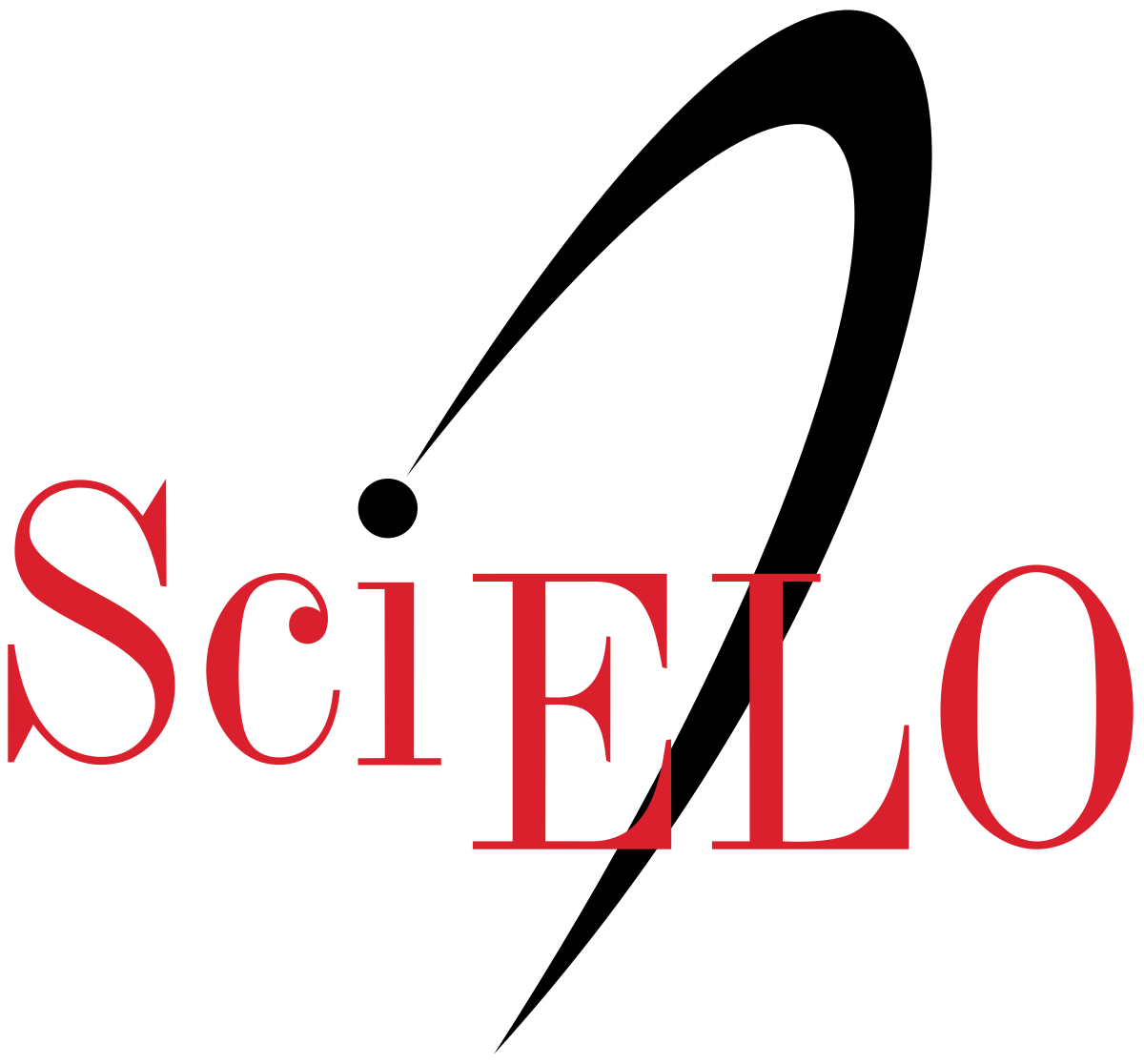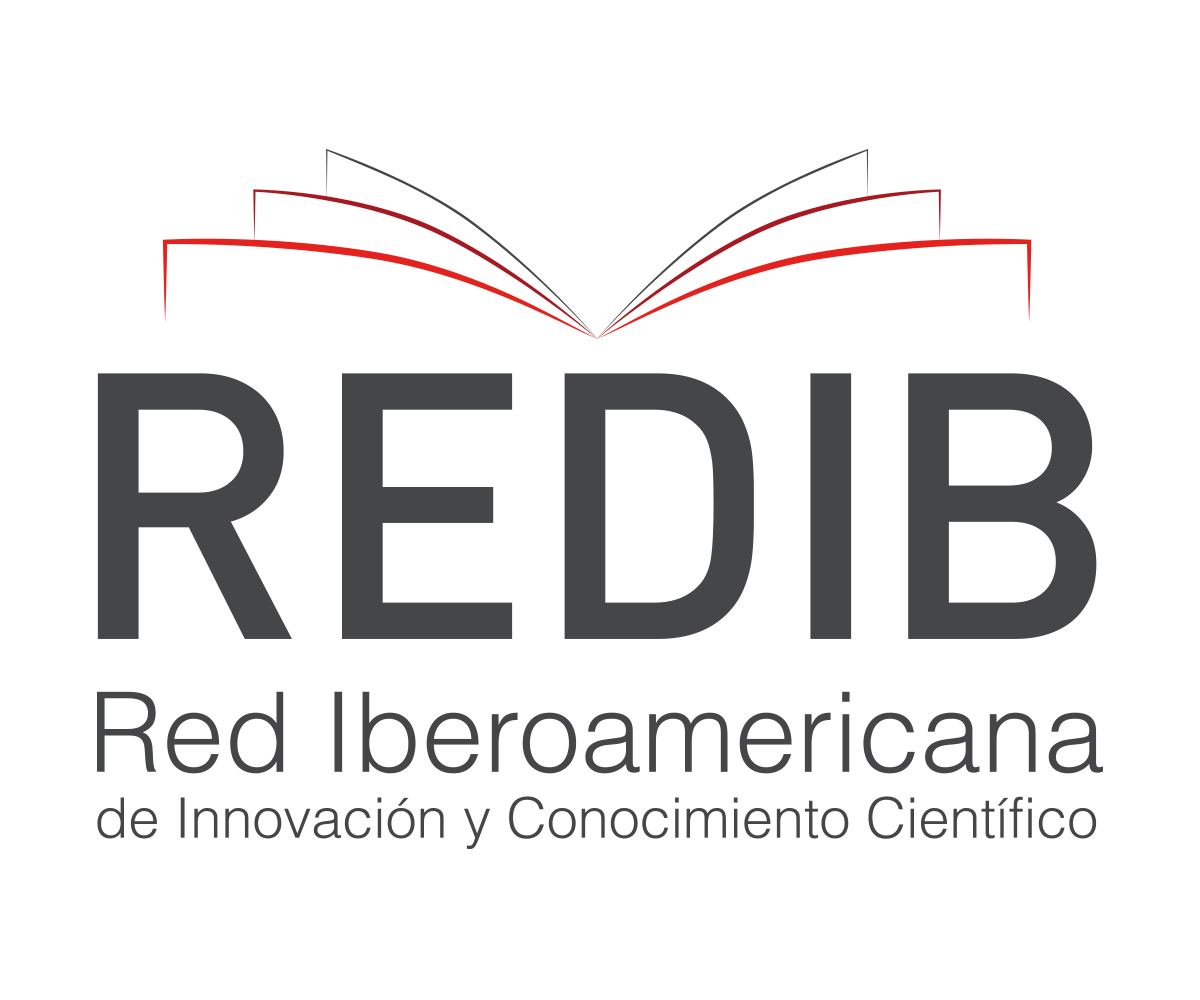Guidelines for Authors
Objective and Scope
After sixty years of existence, the Anuario Colombiano de Historia Social y de la Cultura has consolidated as a fundamental space for both Colombian and foreign historians, social scientists, professors, graduate students, and specialists, interested in the production and diffusion of historical knowledge. Its main objective is to disseminate research work on Colombian history; however, it welcomes articles on Latin America and the world, as well as historiographical and theoretical analyses. The journal only accepts original and unpublished articles; therefore, translations, papers, or parts of works that have previously been published are not accepted. Contributions must be written in Spanish, English, or Portuguese. It is understood that upon submission of their article for evaluation (initial screening, double-blind peer review, review memo, and final screening for approval), the authors grant Universidad Nacional de Colombia the rights to publish and reproduce their articles in any printed or digital media. Authors are responsible for the contents of their work.
In conformity with its goal of producing and disseminating historical knowledge, the Anuario abides by open access policies and does not charge authors for the submission, processing, or publication of their articles (Article Processing Charges / Article Submission Charges). The journal is published by the Department of History and financed by the Facultad de Ciencias Humanas of Universidad Nacional de Colombia, Bogotá campus. The Anuario publishes two (2) issues per year.
Evaluation Process
The Anuario Colombiano de Historia Social y de la Cultura receives only original and unpublished papers for evaluation; translations, lectures, or parts of works already published by any means are not accepted. The contributions to the journal should be written in Spanish, English, or Portuguese. Book reviews and articles sent for review should not be submitted concurrently for review by other journals. All submissions are screened with anti plagiarism software.
Articles submitted to the Anuario are screened through multiple evaluation filters. The first filter reviews formal submission criteria, such as length, topic relevance according to the editorial policies of the journal, originality, writing, contributions, rigorous argumentation, and that the article meets a minimum standard of academic quality.
Articles that meet these requirements are sent to double-blind peer review. In case of controversy, the Drafting Committee may assign an additional reviewer or weigh the evaluations submitted to the journal, and take a decision based on the comments of the referees, its own academic and editorial criteria (when applicable, the decision can be delegated to guest editors.
The Drafting Committee reserves the right to approve or reject submitted articles, both in initial review instances (before being sent to peer review), and final (after the evaluation process). All decisions will be determined by virtue of: a) academic arguments, related to the content of the articles; and b) editorial policies of the journal.
If the article is published, the author must wait two (2) years to submit another text for consideration by the journal.
Formal Submission Criteria
Contributions to the journal must be sent in digital format via OJS at: www.anuariodehistoria.unal.edu.co.
Articles must include the following: title in Spanish, English and Portuguese; author or authors’ “pen name” (the name used in publications and bibliographical databases); current institutional affiliation; abstract in Spanish, English and Portuguese (150-250 words); a keywords list (up to 10); body of the article; if included, the figures and tables; and the list of references.
If the article is the result of a research project financed by an institution, the following information must be included: name of the project, institution, code, and date of approval.
Authors must submit a short bio-bibliographical profile containing the author’s name, academic background, institutional affiliation and ORCID; it also should be included an e-mail, street address, and telephone numbers.
Articles must be submitted in Word format with double-spacing and in Times New Roman 12 point font. The length should not exceed 10,000 words, including footnotes and references.
Book Reviews
Book reviews must consider titles published preferably in the last three years. The review should not exceed 1,700 words. Reviews are not expected to be summaries, but to critically review the book and develop a discussion about it based on the historiography on the subject.
Citations to the reviewed book must be in parentheses, indicating only the page number (example: “citation contents” (p. 15); citations referring other works should be included as footnotes.
The texts submitted to this section of the journal are not subject to peer review. Its selection, based on academic and editorial criteria, is made by the Editorial Committee.
Figures and Tables Format
All figures (images, graphs, maps and photographs are included under this name) and tables must be entitled and explicitly mentioned in the text and keep a relation with its content. Each one must mention the source or indicate the data from which it has been built. Authors are responsible to obtain the copyright of figures and table when necessary. Figures should be sent in .jpg, .tiff, .png, or .gif format with a minimum resolution of 300 dpi (dots per inch). Original files of tables built in Excel format or in design programs must be sent, that is to say, they cannot be attached or encrypted in the Word file.
Style
Italics are used for emphasis and for foreign words. Boldface font is reserved for the article’s titles and subtitles. Quotations longer than forty words should be indented, separated from the paragraph, with no quotation marks.
Reference System
The Anuario Colombiano de Historia Social y de la Cultura follows the Chicago Manual of Style, in the Notes and Bibliography system.
All sources must be listed alphabetically at the end of the article under the title “Bibliography” and divided into the sections “Primary Sources” and “Secondary Sources”.ources must be listed alphabetically at the end of the article under the title “Bibliography” and divided into “Primary Sources” and “Secondary Sources”.
“Primary Sources” include archive documents, periodicals (magazines and newspapers) printed documents (memories, journal accounts, diaries, laws, codes, reprinted documents, etc.), interviews, among others. If needed, other subsections might be created within this section e.g.; “Archives”, “Periodicals”, “Printed Documents”, “Interviews” and “Others”, in order to group all the primary sources cited.
“Secondary Sources” include books, books chapters, articles in journals, thesis, papers, websites, and research documents (research reports, unpublished texts, projects, among others).
In case of doubts on how to cite a source, please contact the Anuario at: anuhisto_fchbog@unal.edu.co.
It is crucial that the articles submitted to the Anuario follow the reference system used by the journal.
Sample Citations
N: Notes with complete reference.
SN: Shortened notes.
B: Bibliography entries.
Note: The following abbreviations are not used in this system: op. cit. and ibid.
Archives
N: Firstname Lastname, “Document Title”, location, date, archive (archive acronym), archive's city, section, series, tome, volume, expedient, file, page number(s).
-
Rogerio María Becerra, “Informe que presenta el Intendente Nacional del Putumayo al Excmo. Presidente de la República por conducto del señor Ministro de Gobierno”, Mocoa, January 24, 1906, Archivo General de la Nación (AGN), Bogotá, Sección República, Fondo Ministerio de Gobierno, tomo 502, folios 21v-34r.
SN: Lastname, “Document Title”, page number(s).
-
Becerra, “Informe que presenta el Intendente Nacional del Putumayo al Excmo. Presidente de la República por conducto del señor Ministro de Gobierno”, folios 39r-44v.
B: Archive (archive acronym), City, Country
Consulted section(s)
Consulted subsection(s)
-
Archivo General de la Nación (AGN), Bogotá, Colombia
Sección República
Fondo Ministerio de Gobierno
Periodicals
N: Firstname Lastname, “Article Title”, Magazine or Newspaper Title volume, no. xx (City), date, page number(s).
-
Baldomero Sanín Cano, “Eterna Juventud”, Semana 6 no. 133, 1949, 20-25.
-
Jaime Yáñez, “Ragonvalia, en la frontera del olvido”, El Tiempo (Bogotá), February 1, 1994, 5C.
SN: Last name, “Short Article Title”, page number(s).
-
Sanín Cano, “Eterna Juventud”, 22.
-
Yáñez, “Ragonvalia, en la frontera del olvido”, 6A.
B: Magazine or Newspaper Title. City, year(s).
-
Semana, 1949.
-
El Tiempo. Bogotá, 1994.
Books
One author
N: Firstname Lastname, Title of Work (City: Publisher, year), page number(s).
-
Muriel Laurent, ed., El sello de Amberes. Libros flamencos en Santafé, siglos XVI y XVII (Bogotá: Ediciones Uniandes, 2021), 124-125.
SN: Lastname, Short Title, page number(s).
-
Laurent, El sello de Amberes, 130.
B: Lastname, Firstname. Title of Work. City: Publisher, year.
-
Laurent, Muriel, ed. El sello de Amberes. Libros flamencos en Santafé, siglos XVI y XVII. Bogotá: Ediciones Uniandes, 2021.
Two or three authors
N: Firstname Lastname, Firstname Lastname and Firstname Lastname, Title of Work (City: Publisher, year), page number(s).
-
Olga Acosta, John Naranjo and Adalberto Camperos, Delirantes (Bogotá: Rey Naranjo Editores, 2020), 25.
SN: Lastname, Lastname and Lastname, Short Title, page number(s).
-
Acosta, Naranjo and Camperos, Delirantes, 30.
B: Lastname, Firstname, Firstname Lastname and Firstname Lastname. Title of Work. City: Publisher, year.
-
Acosta, Olga, John Naranjo and Adalberto Camperos. Delirantes. Bogotá: Rey Naranjo Editores, 2020.
Four or more authors
N: Firstname Lastname et al., Title of Work (City: Publisher, year), page number(s).
-
Myriam Jimeno et al., Etnografías contemporáneas III: las narrativas en la investigación antropológica (Bogotá: Universidad Nacional de Colombia, 2016), 173.
SN: Lastname et al., Short Title, page number(s).
-
Jimeno et al., Etnografías contemporáneas, 180.
B: Lastname, Firstname, Firstname Lastname, Firstname Lastname and Firstname Lastname. Title of Work. City: Publisher, year.
-
Jimeno, Myriam, Carolina Pabón, Daniel Varela and Ingrid Díaz. Etnografías contemporáneas III: las narrativas en la investigación antropológica. Bogotá: Universidad Nacional de Colombia, 2016.
Chapters of books
N: Firstname Lastname, “Chapter Title”, in Title of Work, edited/coordinated/compiled by Firstname Lastname (City: Publisher, year), page number(s).
-
José Olinto Rueda, “Historia de la población colombiana 1880-2000”, en Nueva historia de Colombia, vol. 5, editado por Álvaro Tirado Mejía (Bogotá: Planeta, 1989), 331-332.
SN: Lastname, “Short Chapter Title”, page number(s).
-
Olinto Rueda, “Historia de la población colombiana”, 340.
B: Lastname, Firstname. “Chapter Title”. In Title of Work, edited/coordinated/compiled by Firstname Lastname. Page range. City: Publisher, year.
-
Olindo Rueda, José. “Historia de la población colombiana 1880-2000”. En Nueva historia de Colombia, vol. 5, editado por Álvaro Tirado Mejía. 320-345. Bogotá: Planeta, 1989.
Journal articles
N: Firstname Lastname, “Article Title”, Journal Title volume, no. xx (year): page number(s), URL/DOI.
-
Orlando Deavila Pertuz, “‘La ciudad de los mil colores’: mestizaje, política y tensiones raciales en Cartagena entre las décadas de 1940 y 1970”, Anuario Colombiano de Historia Social y de la Cultura 49, no. 2 (2022): 210, https://doi.org/10.15446/achsc.v49n2.97299.
SN: Lastname, “Short Article Title”, page number(s).
-
Deavila Pertuz, “‘La ciudad de los mil colores’”, 205.
B: Lastname, Firstname. “Article Title”. Journal Title volume, no. xx (year): page number(s). URL/DOI.
-
Deavila Pertuz, Orlando. “‘La ciudad de los mil colores’: mestizaje, política y tensiones raciales en Cartagena entre las décadas de 1940 y 1970”. Anuario Colombiano de Historia Social y de la Cultura 49, no. 2 (2022): 187-215. https://doi.org/10.15446/achsc.v49n2.97299.
Thesis or dissertations
N: Firstname Lastname, “Thesis or Dissertation Title” (PhD/MA/BA diss./thesis, Institution, year), page number(s).
-
Franklin Gil, “Vivir en un mundo de blancos. Experiencias, reflexiones y representaciones de ‘raza’ y clase de personas negras de sectores medios en Bogotá D. C.” (MA thesis, Universidad Nacional de Colombia, 2010), 34-35.
SN: Lastname, “Short Thesis or Dissertation Title”, page number(s).
-
Gil, “Vivir en un mundo de blancos”, 33.
B: Lastname, Firstname. “Thesis or Dissertation Title”. PhD/MA/BA diss./thesis, Institution, year.
-
Gil, Franklin. “Vivir en un mundo de blancos. Experiencias, reflexiones y representaciones de ‘raza’ y clase de personas negras de sectores medios en Bogotá D. C.”. MA thesis, Universidad Nacional de Colombia, 2010.
Website
N: Firstname Lastname, “Webpage Title”, Website Title, accessed date, URL.
-
REC ONLINE, “ArchivosREC: Atentado a La Moneda- 11 de septiembre de 1973”, YouTube, September 11, 2022, https://www.youtube.com/watch?v=vsTkeJE5CSM.
SN: Lastname, “Short Webpage Title”.
-
REC ONLINE, “ArchivosREC: Atentado a La Moneda”.
B: Lastname, Firstname. “Webpage Title”. Website Title. Accessed date. URL.
-
REC ONLINE. “ArchivosREC: Atentado a La Moneda- 11 de septiembre de 1973”. YouTube. September 11, 2022. https://www.youtube.com/watch?v=vsTkeJE5CSM.
Interviews
N: Firstname Lastname interviewee, interviewed by Firstname Lastname, date.
-
Fernando Rodríguez, interviewed by Mariana Pérez, September 5, 2022.
SN: Lastname interviewee, interview.
-
Rodríguez, interview.
B: Lastname, Firstname interviewee. Interviewed by Firstname Lastname, date.
-
Rodríguez, Fernando. Interviewed by Mariana Pérez, September 5, 2022.
Printed documents
N: Firstname Lastname, “Document Title” (City: Publisher, year), page number(s).
-
Estados Unidos de Colombia, “Decreto orgánico de la instrucción pública primaria” (Bogotá: Imprenta de la Nación, 1870), 23.
SN: Lastname, “Shor Document Title”, page number(s).
-
Estados Unidos de Colombia, “Decreto orgánico”, 23.
B: Lastname, Firstname. “Document Title”. City: Publisher, year.
-
Estados Unidos de Colombia. “Decreto orgánico de la instrucción pública primaria”. Bogotá: Imprenta de la Nación, 1870.
Others
N: Firstname Lastname, “Source Title”, date, source type, source location.
-
Francisco Goya, “La familia de Carlos IV”, 1800, oil on canvas, Museo del Prado, Madrid.
-
Salvador Allende, “Universidad de Guadalajara”, December 2, 1972, speech.
SN: Lastname, “Source Title”.
-
Goya, “Familia de Carlos IV”.
-
Allende, “Universidad de Guadalajara”.
B: Lastname, Firstname. “Source Title”. Date. Source type. Source location.
-
Goya, Francisco. “La familia de Carlos IV”. 1800. Oil on canvas. Museo del Prado, Madrid.
-
Allende, Salvador. “Universidad de Guadalajara”. December 2, 1972. Speech.



